Power Triangle Worksheet
The Power Triangle Worksheet is a valuable resource designed to help students gain a deeper understanding of the relationships between power, voltage, and current in electrical circuits.
Table of Images 👆
More Other Worksheets
Kindergarten Worksheet My RoomSpanish Verb Worksheets
Cooking Vocabulary Worksheet
DNA Code Worksheet
Meiosis Worksheet Answer Key
Art Handouts and Worksheets
7 Elements of Art Worksheets
All Amendment Worksheet
Symmetry Art Worksheets
Daily Meal Planning Worksheet
What is the power triangle?
The power triangle is a diagram used in electrical engineering that illustrates the relationships between electrical power, voltage, and current in an AC circuit. It consists of three components: apparent power (S) represented by the hypotenuse of the triangle, real power (P) represented by the horizontal leg, and reactive power (Q) represented by the vertical leg. The power triangle helps in understanding the concept of power factor and how power is distributed and utilized in an electrical system.
What are the three main components of the power triangle?
The three main components of the power triangle are real power (measured in watts), reactive power (measured in volt-amperes reactive, or VARs), and apparent power (measured in volt-amperes, or VA). These components represent different aspects of electrical power flow in a system, with real power being the actual work done, reactive power being the power absorbed and returned by reactive components like capacitors and inductors, and apparent power being the total power supplied by the source.
How are apparent power, real power, and reactive power related in the power triangle?
Apparent power, real power, and reactive power are related in the power triangle by their respective magnitudes and relationships. Apparent power is the hypotenuse of the power triangle, representing the combination of real power and reactive power. Real power is the horizontal component and represents the actual power consumed by the load, while reactive power is the vertical component and represents the power stored and released by the load to maintain voltage levels. The relationship between real power, reactive power, and apparent power is given by the Pythagorean theorem: apparent power squared equals the sum of real power squared and reactive power squared. This relationship helps in understanding and calculating the different power components in an electrical system.
How is real power represented in the power triangle?
Real power in the power triangle is represented by the horizontal component of the triangle, which is the cosine of the angle between the power factor (cos ?) and the apparent power (S). Real power, measured in watts, represents the actual power consumed by a circuit for performing work and is a crucial component in electrical systems for calculating efficiency and power consumption.
How is reactive power represented in the power triangle?
Reactive power in the power triangle is represented as the vertical component (Q) of the overall power vector. The power triangle illustrates the relationship between real power (P), apparent power (S), and reactive power (Q) in an AC electrical circuit. Real power is represented on the horizontal axis, apparent power is the hypotenuse of the triangle, and reactive power is the vertical side of the triangle. This representation helps in understanding the power components and their interactions in an electrical system.
How is apparent power represented in the power triangle?
Apparent power in the power triangle is represented by the hypotenuse. The power triangle is a graphical representation of real power, reactive power, and apparent power in an electrical circuit. The magnitude of the apparent power is the length of the hypotenuse, where the real power represents the horizontal component and the reactive power represents the vertical component of the triangle. The apparent power is the vector sum of real power and reactive power and is the total power flowing in the circuit.
What is the unit of measurement for real power?
The unit of measurement for real power is the watt (W), which is defined as one joule per second and represents the rate at which energy is transferred or converted.
What is the unit of measurement for reactive power?
The unit of measurement for reactive power is volt-amp reactive (VAR).
What is the unit of measurement for apparent power?
The unit of measurement for apparent power is volt-amperes (VA).
How can the power triangle be used to calculate power factor?
The power triangle can be used to calculate power factor by comparing the real power (P) to the apparent power (S). The power factor (PF) is determined by taking the cosine of the angle ? between the real power and the apparent power in the power triangle. PF = P / S = cos(?). By knowing the values of real power and apparent power, the power factor can be calculated using the power triangle relationship.
Have something to share?
Who is Worksheeto?
At Worksheeto, we are committed to delivering an extensive and varied portfolio of superior quality worksheets, designed to address the educational demands of students, educators, and parents.






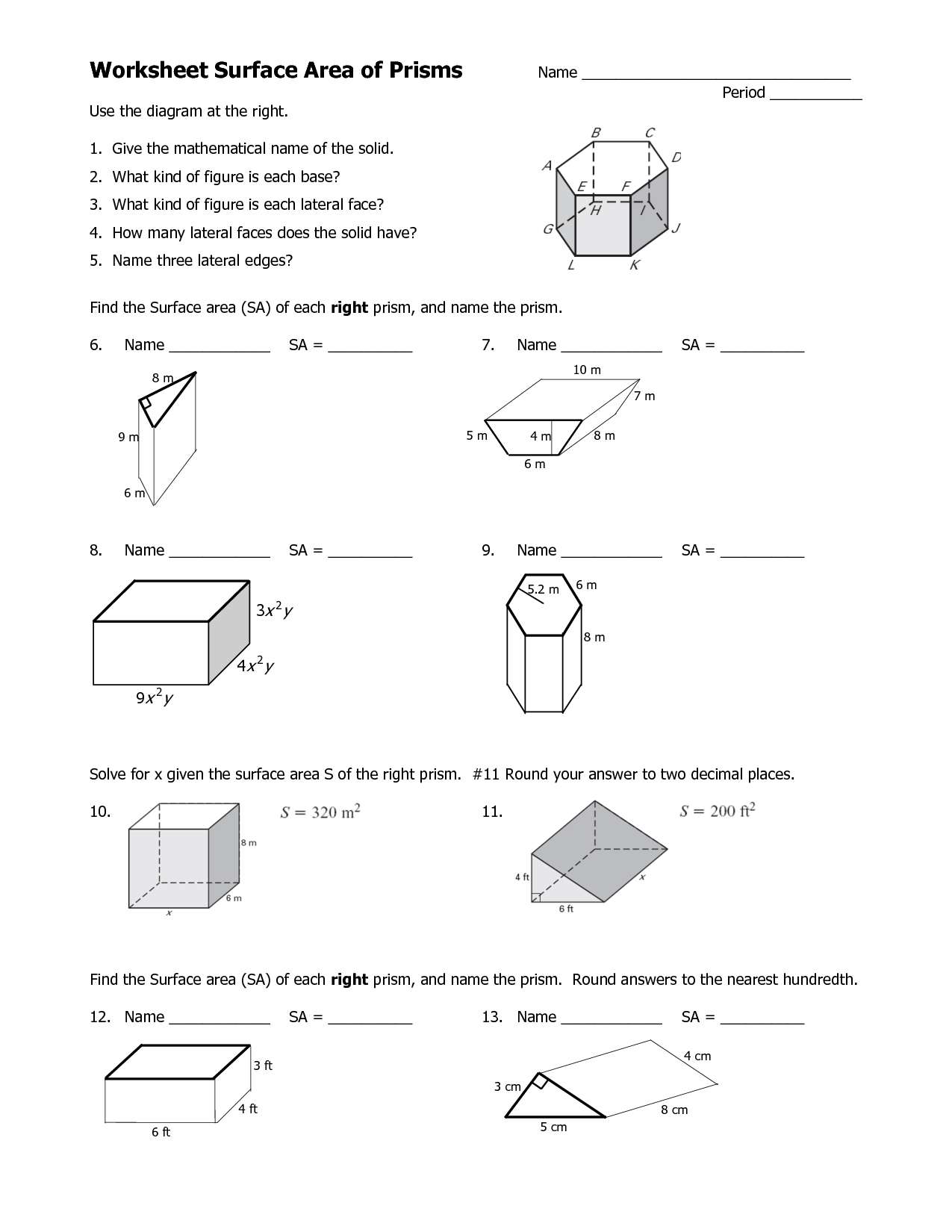
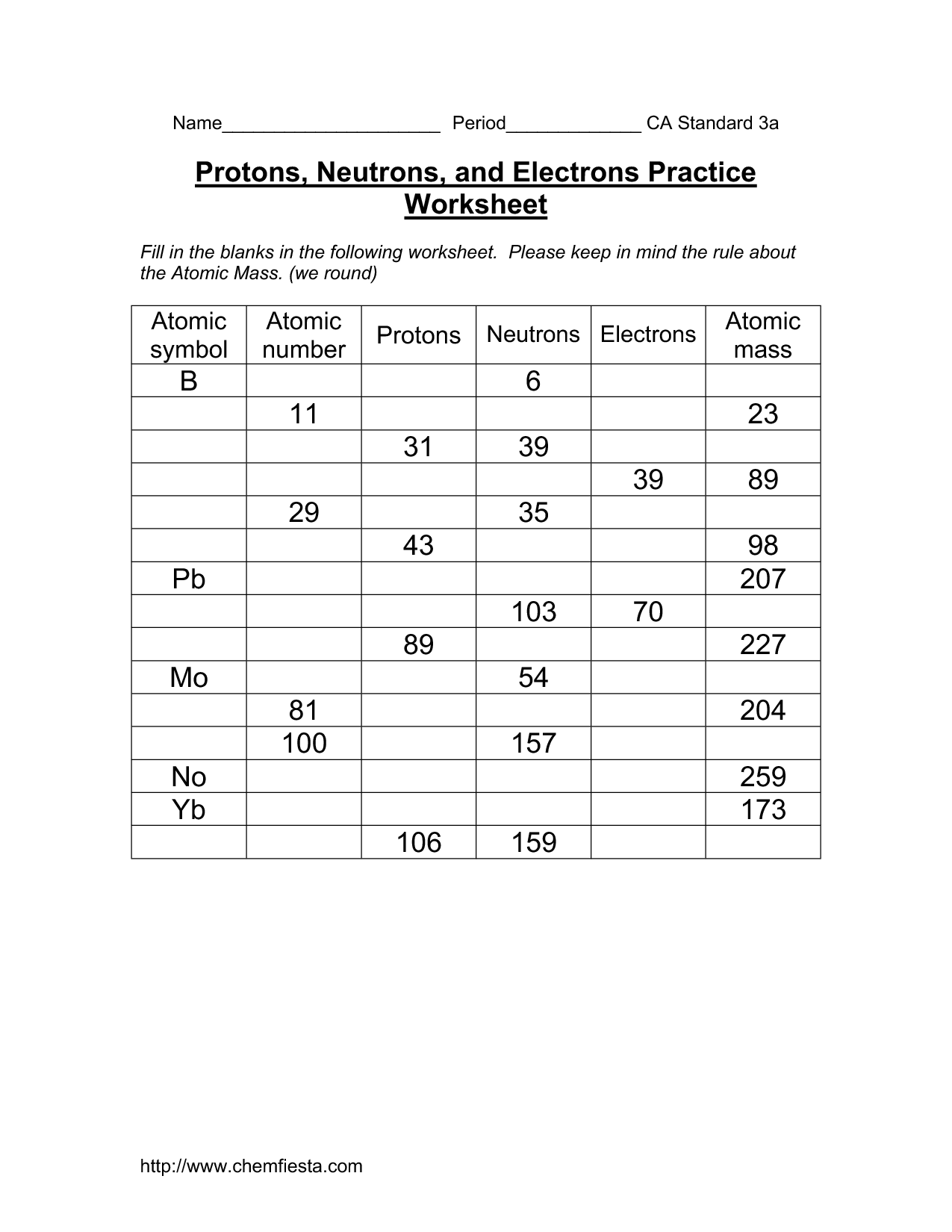

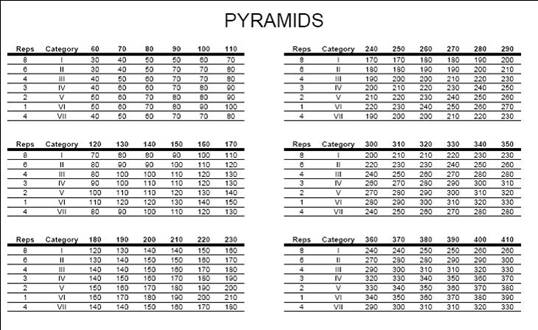
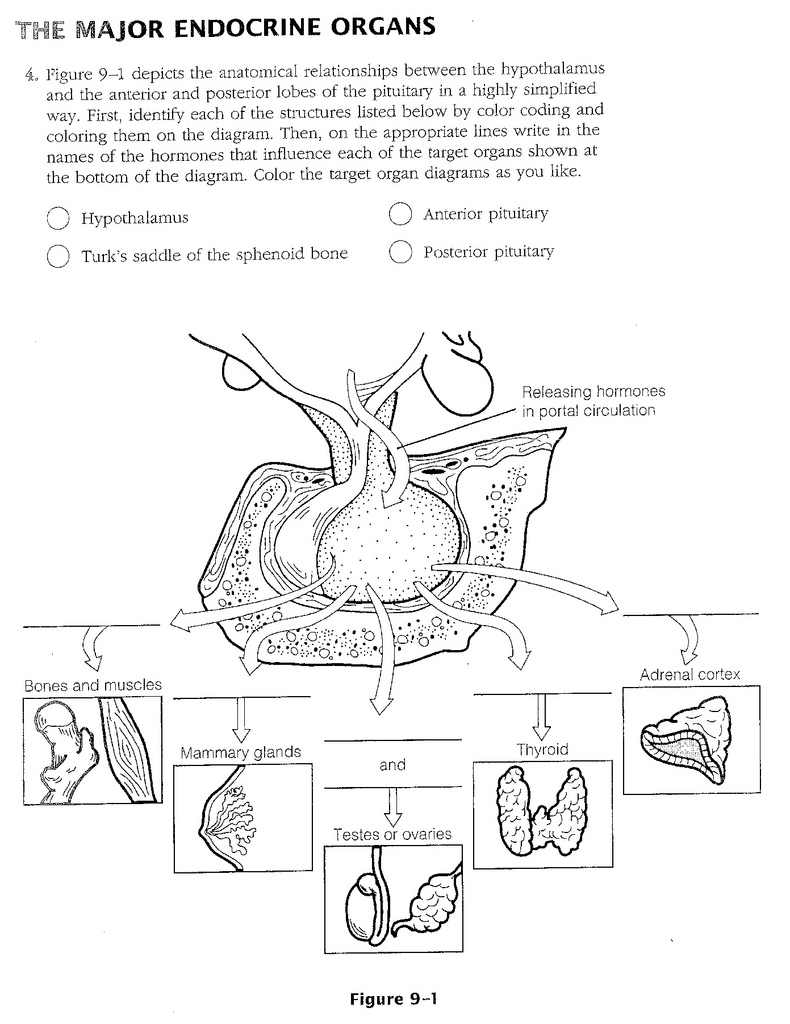
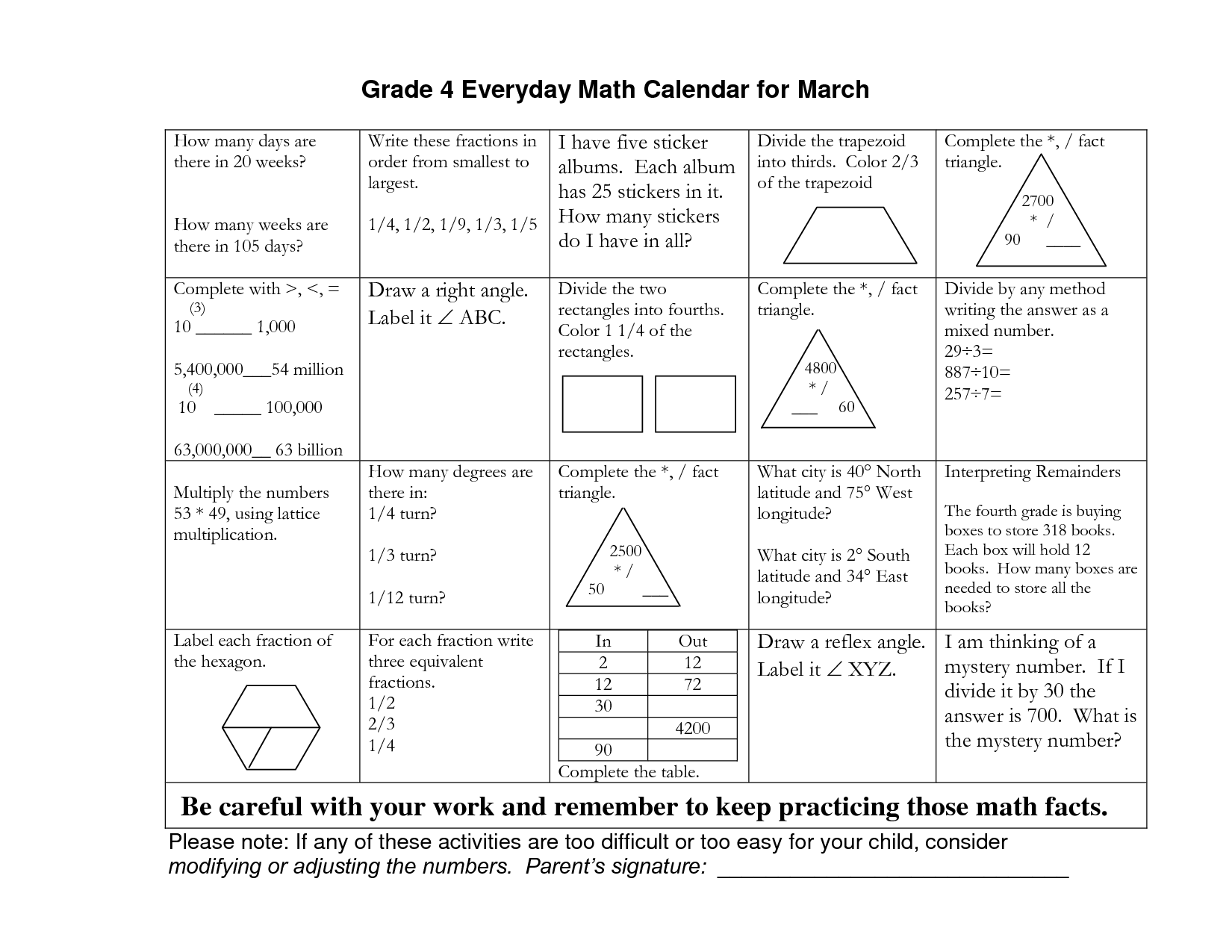























Comments